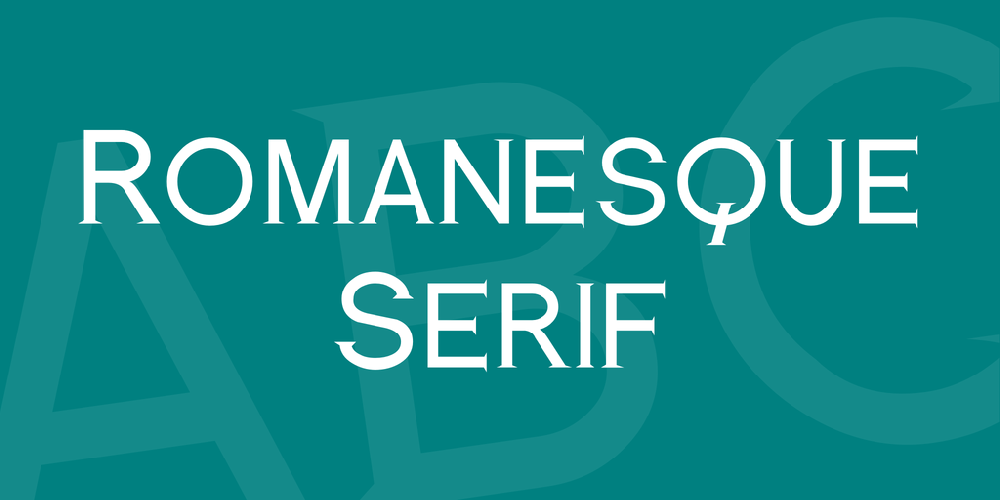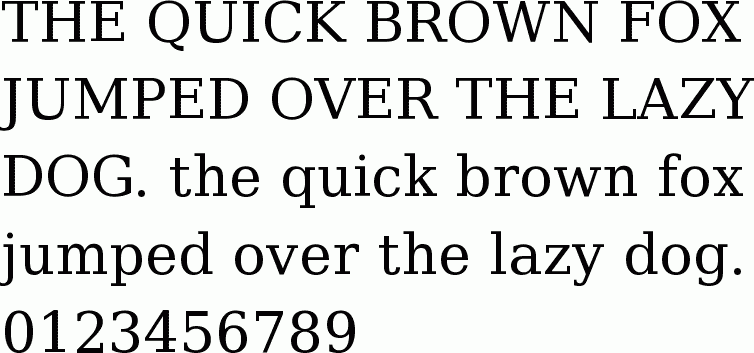
Subheadings: Short phrase subheadings are typically 14 to 24-point font. Body text: Range from 11 to 14-point font. Here are the typical fonts sizes for various web page elements: Typically, the most common size for body texts online is a 12-point font or 16 pixels. Pixels and points are used to refer to units of measurement when it comes to font size. Font Size (Optical Size)įont size can also affect online readability. They can also vary in how lowercase and capital letters are presented, offering different styles of descenders and ascenders.Īll these different factors can have an effect on legibility and readability. Typefaces vary in letter spacing, width (e.g. For example, Times New Roman belongs to the serif group, whereas Arial or Helvetica belongs to the sans-serif group. Within these categories, there are typeface-style families. Sans-serif is generally composed of simpler, cleaner-looking lines. Serif typefaces typically use small, decorative marks to embellish characters and letters. Generally, the most popular typefaces fit into two categories: Serif or Sans-serif. They are typically grouped by particular styles or categories. In simple terms, typeface refers to the design features of the letters and characters. However, other important factors that make a font easier to read include typeface style, font size, line spacing, color, and contrasts. The most important element can be boiled down to the ease of differentiation among letter shapes. Many elements can affect the readability and legibility of a font. Most people prefer a clean, uniform font type when it comes to online reading.īut what makes a good font? Does font matter when it comes to dyslexia? Yes, in some cases, font choice can make a big difference for dyslexic people. Serif-style fonts might display respectability, while scripts may communicate elegance. The font an organization chooses will communicate more than words. There is quite a bit of psychology that lies behind font choice. Ascender/Descender – Lowercase letters that extend above the baseline are called ascenders those that go below are called descenders.įonts matter for readability, especially when it comes to font size and type in online reading. 
Weight – Simply refers to the thickness of the characters and letters.Arm/Leg – Arm refers to the stroke on the upper part of a letter, leg refers to the lower portion.Counter – The amount of space within a character or letter.Stroke – Referring to the curved and straight lines of characters or letters.

In fact, several elements set fonts apart from one another: Fonts can come in different weights and colors font-size varies too. Essentially, font is a graphical representation of text. In simple terms, font refers to the presentation of letters on a page or webpage. We all have our own preferences when it comes to fonts. But, while this disability affects reading in the printed word, it can also limit the readability of content in the online environment. Ultimately, dyslexia leads to confusion when reading a line of text. This can affect reading accuracy, reading rate, reading speed, and comprehension.

However, dyslexia is not indicative of lower intelligence it can affect all intelligence levels.ĭyslexic readers also have difficulty with phonological processing (individual sounds of spoken language). Dyslexia is one of the most common neuro-cognitive disorders it affects 20 percent of the population and represents approximately 80 – 90 percent of individuals with learning disabilities.ĭyslexic individuals have difficulty in reading.







 0 kommentar(er)
0 kommentar(er)
